Grand Canyon of Yellowstone

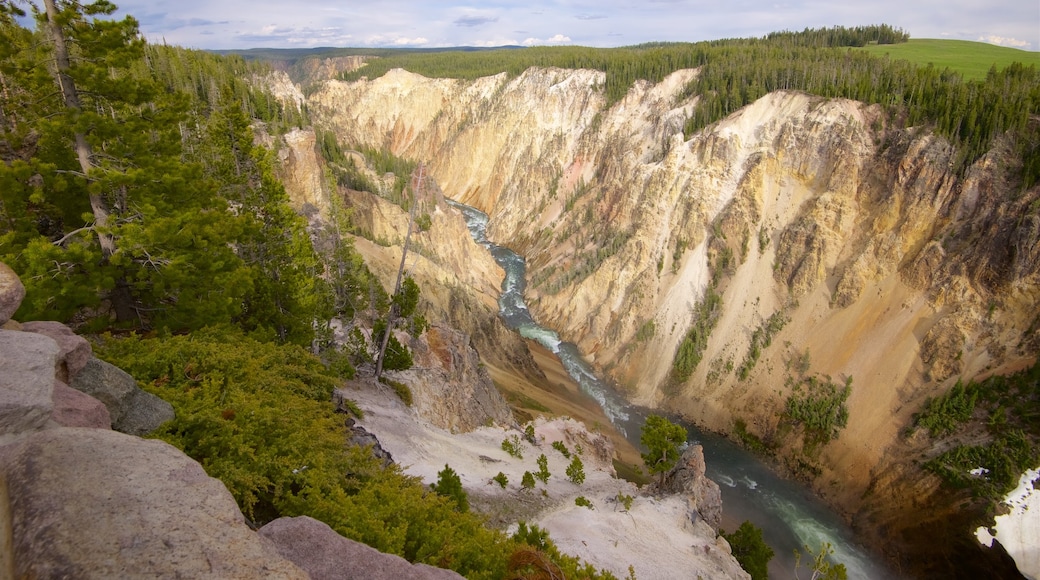
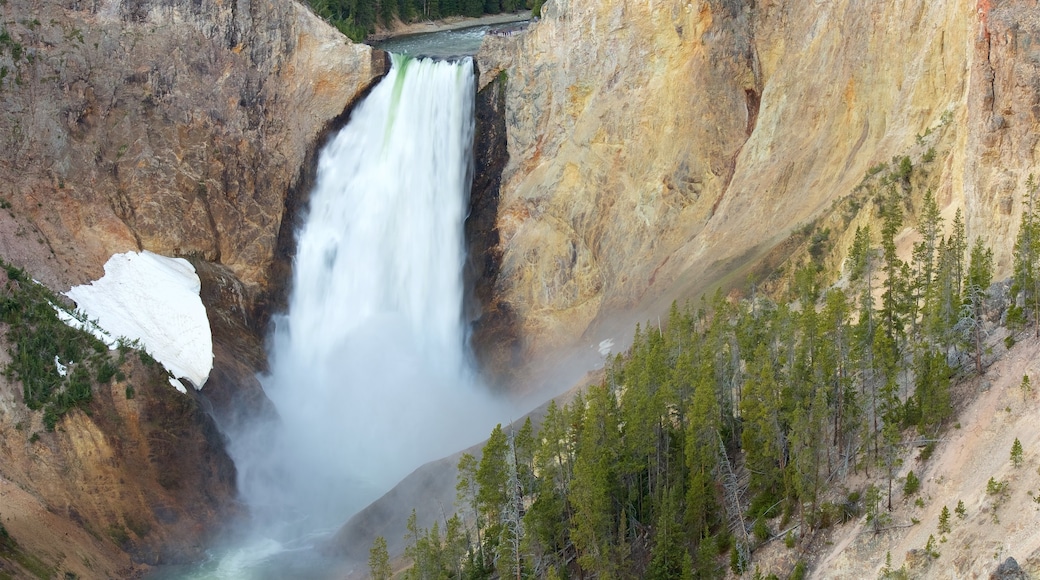
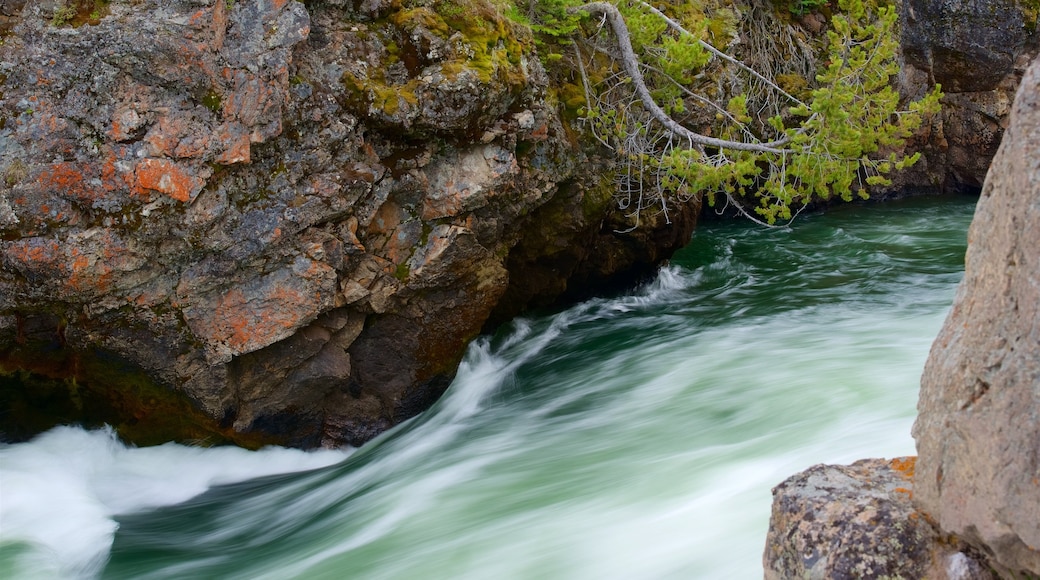
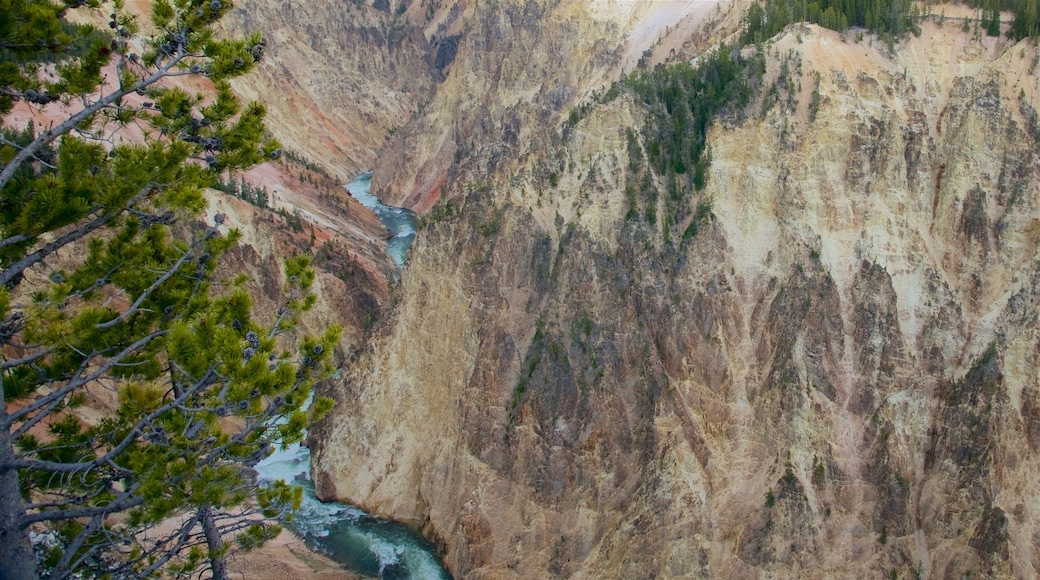
Visit Grand Canyon of Yellowstone
Popular places to visit
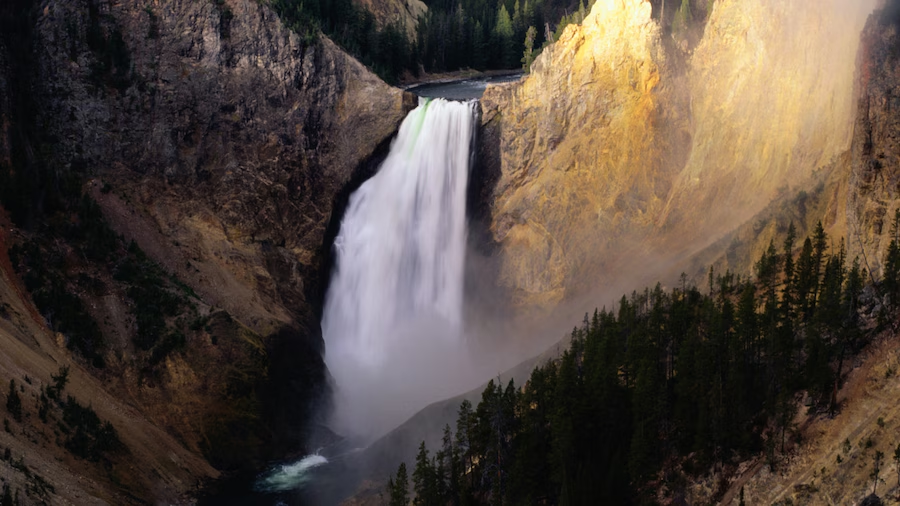
Lower Yellowstone Falls
Explore the great outdoors at Lower Yellowstone Falls, a lovely green space in Canyon Village. Wander the lakeside and forest while you're in the area.
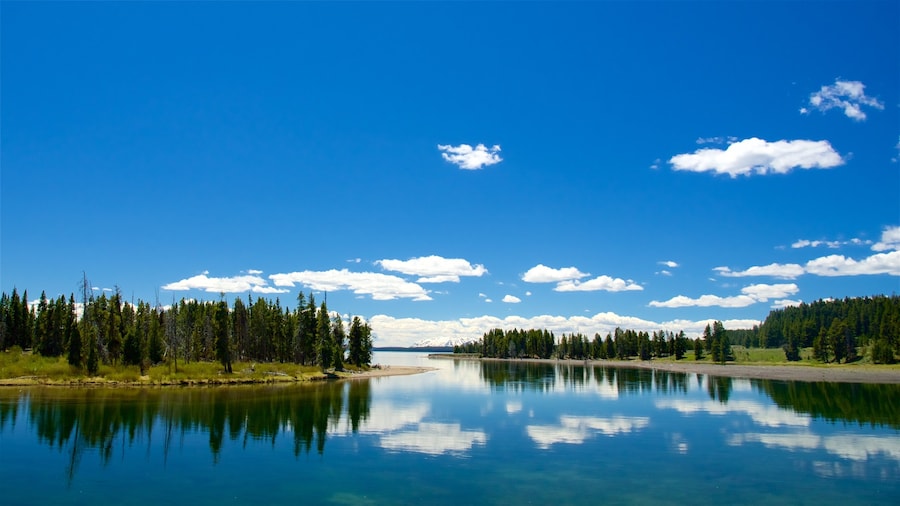
Yellowstone River
Commune with nature and explore the great outdoors at Yellowstone River during your travels in Yellowstone National Park. While you're in the area, wander around the parks.

Upper Yellowstone Falls
Follow a trail that weaves around dense forests to viewpoints of a magnificent waterfall. Spot wildlife including bears and birds of prey.
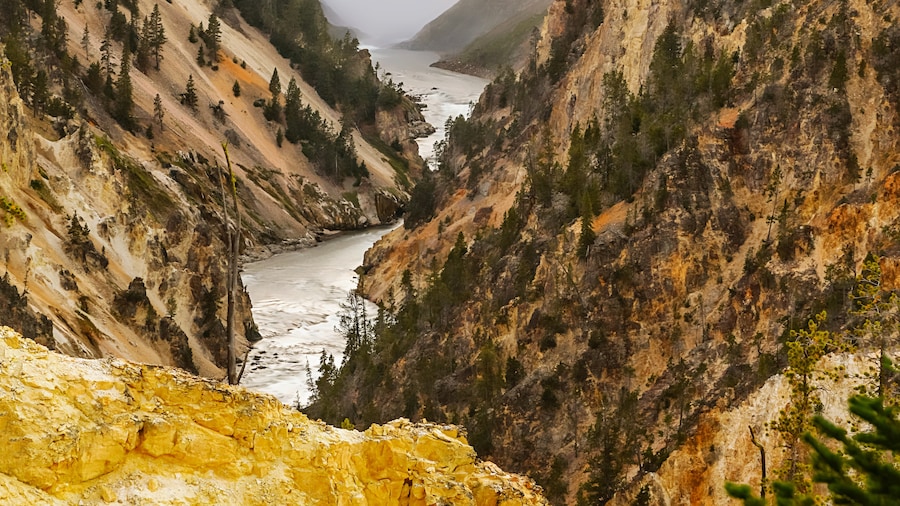
Artist Point
Explore the great outdoors at Artist Point, a lovely green space in Canyon Village. Wander the lakeside or discover the area's waterfalls.
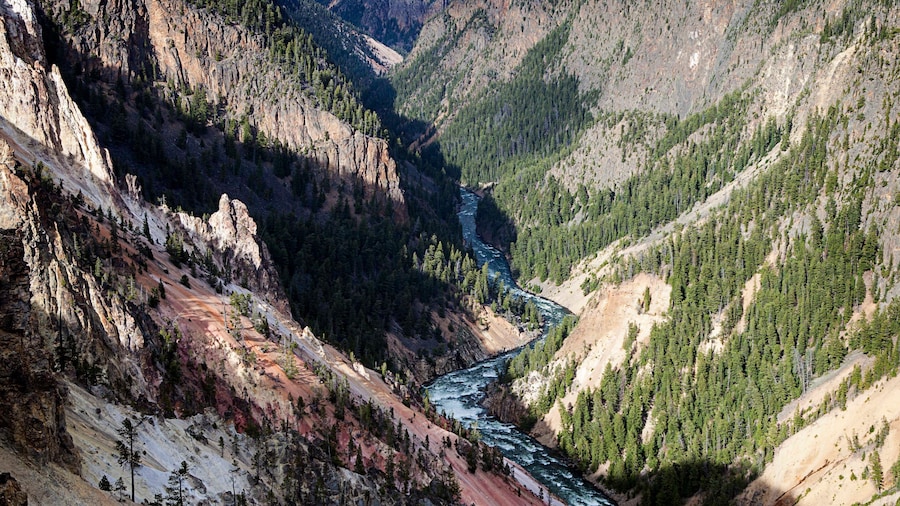
Inspiration Point
Explore the great outdoors at Inspiration Point, a lovely green space in Canyon Village. Wander the lakeside and forest while you're in the area.

Mt. Washburn
Hike up a mountain to view an expansive vista of one of the country’s most popular parks. Climb up one trail and descend on another.